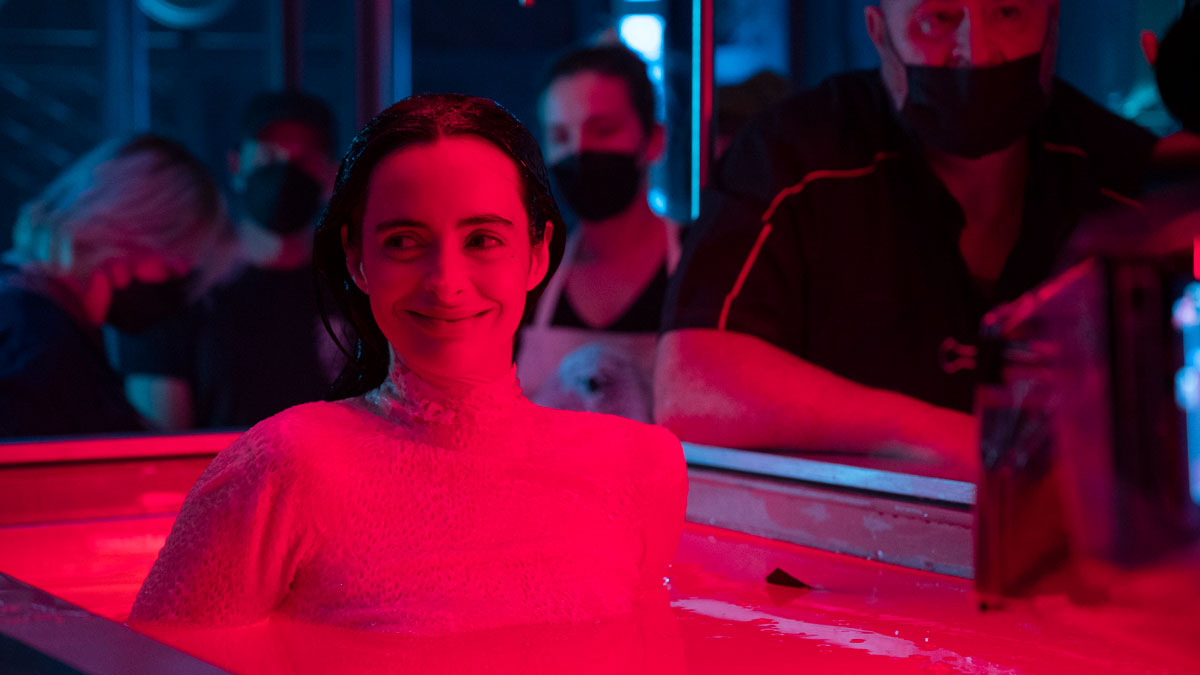When Krysten Ritter first read the pilot script for Orphan Black: Echoes, she knew that she would not be playing multiple clones on the new AMC series — and she felt good about that. “I think that would be just nuts,” she tells Consequence with a laugh. “What Tatiana Maslany did was so beautiful and so flawless and so on another level, I’m not trying to do that.”
Instead, Ritter signed up happily for the role of Lucy, a woman living in the not-too-distant future with no memory of her life before waking up in a strange waiting room with a mysterious doctor (Keeley Hawes) — because she’s a “printout” of another woman, whose identity she doesn’t know. That’s where the series begins, as Lucy seeks out answers as to who she is, finding an unlikely ally in another printout of herself, this one born as a teenager (Amanda Fix).
The different-yet-similar sci-fi premise comes from creator Anna Fishko, who developed the idea after learning that Orphan Black production company Boat Rocker Studios, in their search for a spinoff, “very specifically did not want to do biological clones again. They didn’t want to do one actress playing 18 different versions of herself.”
For one thing, Fishko explains, there was the legacy of Tatiana Maslany’s Emmy-winning work in the role of Sarah/Cosima/Alison/Helena/Rachel/Elizabeth/Krystal/Veera/Tony/Jennifer/etcetera: “They knew that Tatiana had just done an incredible job, and it would be really hard to follow that up. And then they just didn’t really want to retread old territory.”
Plus, on a budget and production level, depicting a Clone Club in action isn’t the easiest thing. “It’s very technically challenging to shoot the same actor playing against herself in the same scene, because you have to send them back to do hair, makeup, and wardrobe all over again for the other side — and so it’s very time-consuming and therefore expensive to work that way,” Fishko says.
Thus, she was relieved to avoid that specific angle, “because I think it would’ve just been even more challenging in terms of being in the shadow of the original show.” Instead, Fishko landed on the idea of “printouts,” which she says “came out of conversations that I was having with my husband, who is a former philosophy professor who really loved the original show. He had worked a little bit on personal identity earlier in his career, and so this idea of three different versions of the same woman, at three very different ages, came out of that.”








